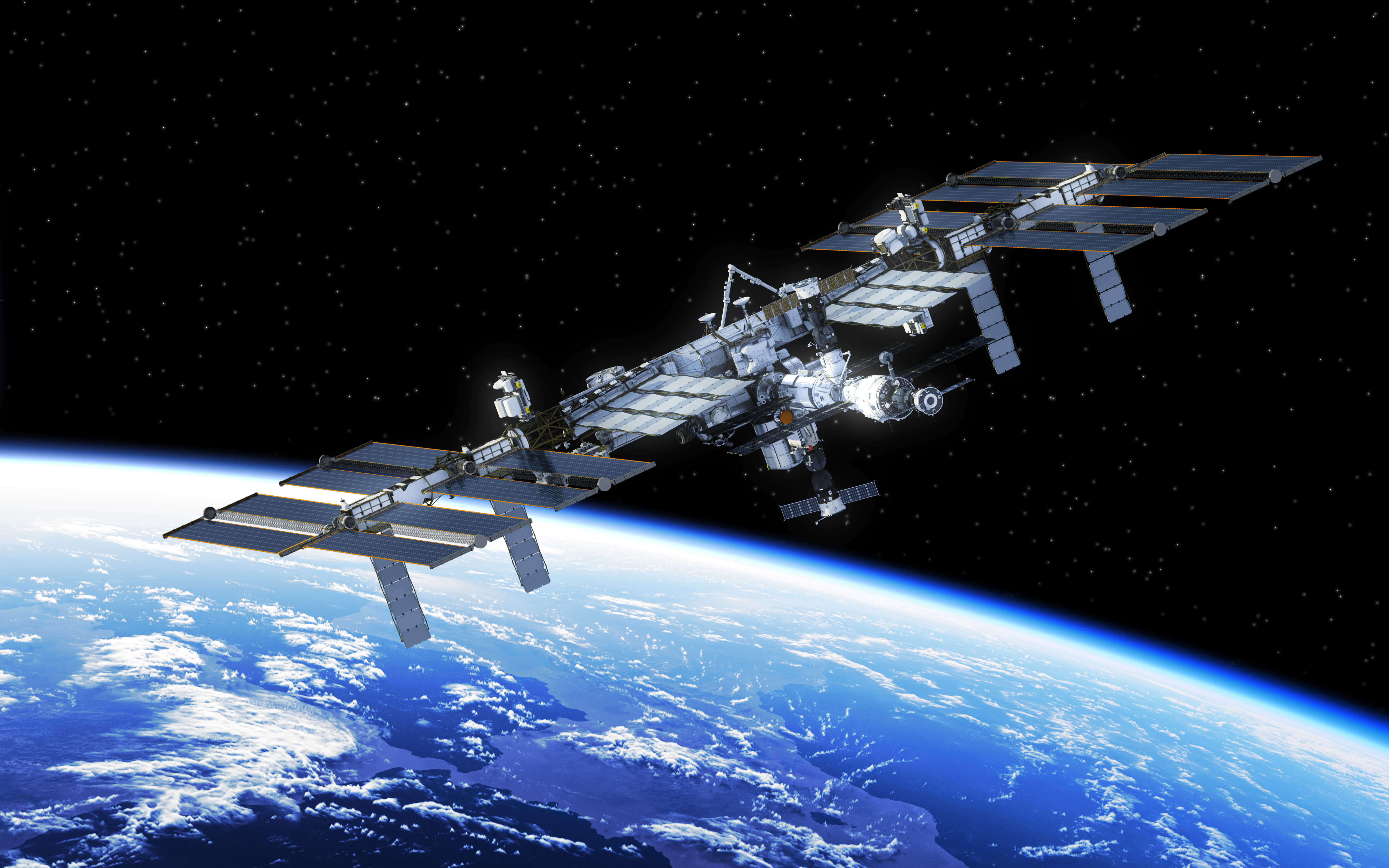
In each case, an active-duty cosmonaut traveled with them. Last fall, a Russian film crew flew up, followed by a Japanese fashion mogul and his assistant. It was the first time NASA opened its space hatches to tourists after shunning the practice perfected over the decades by Russia. "Amazing mission," said real estate tycoon Larry Connor.īefore departing the space station Sunday night, the group thanked their seven hosts, including three NASA astronauts whose own mission is nearing an end. "We hope you enjoyed the extra few days in space." "Welcome back to planet Earth," radioed SpaceX Mission Control from Southern California. The trip was supposed to last a little over a week, but dicey weather kept the visitors in orbit almost twice as long as intended. Three rich businessmen returned from the International Space Station with their astronaut escort Monday, wrapping up a pricey trip that marked NASA's debut as a B&B host.įlying back in a SpaceX capsule, they splashed down in the Atlantic off the Florida coast to close out a 17-day tour that cost them $55 million apiece. "We look forward to sharing our lessons learned and operations experience with the private sector to help them develop safe, reliable, and cost-effective destinations in space.The SpaceX crew seated in the Dragon spacecraft earlier this month in Cape Canaveral, Fla.ĬAPE CANAVERAL, Fla. "The private sector is technically and financially capable of developing and operating commercial low-Earth orbit destinations, with NASA's assistance," says Phil McAlister, director of commercial space at NASA Headquarters, in a press release. NASA plans to act as a customer, paying to send its own astronauts to use private space outposts. In December of last year, NASA awarded a total of $415 million to Blue Origin, Nanoracks, and Northrop Grumman to build their own private space stations, according to Jennifer Hassan and Christian Davenport for the Washington Post. Houston-based company Axiom Space has agreed to attach a privately built module to the station as soon as 2024. Next, NASA is looking to private companies to help sustain the ISS and build future stations. "We look forward to maximizing these returns from the space station through 2030 while planning for transition to commercial space destinations that will follow." "The International Space Station is entering its third and most productive decade as a groundbreaking scientific platform in microgravity," says Robyn Gatens, director of the ISS at NASA Headquarters, in a statement. Until the ISS meets its watery end in nine years, the agency plans to make the most of the station, including conducting research, boosting international cooperation, and helping the private spaceflight industry gain more momentum, according to Scientific American’s Mike Wall. It's estimated that the United States, Russia, Japan, and European space agencies have sunk more than 250 pieces of space debris at the location since 1971, Katie Hunt reports for CNN. The football field–length station will crash into the Earth at Point Nemo, a location in the Pacific Ocean that has been called the “ Spacecraft Cemetery." Point Nemo is around 3,000 miles off of New Zealand's eastern coast and 2,000 miles north of Antarctica and has been a space junk target for decades. To break from its orbit, the ISS will perform thrusting maneuvers that would ensure "safe atmospheric entry,” according to NASA’s report. For the past 20 years, the ISS has been able to host around six astronauts at a time, sustaining a human presence in space. By 2011, the spacecraft was complete with five bedrooms, two bathrooms, a gym, and huge solar arrays to capture energy from the sun. Two years and a few module additions later, the station was ready for its first astronauts, which arrived on November 2, 2000. It was assembled in sections, starting when a Russian rocket launched the first piece in 1998.

The station, which orbits 227 nautical miles above Earth, has served as a science lab in space for astronauts from 19 different countries. "While the ISS will not last forever, NASA expects to be able to operate it safely through 2030," the report states. The aging spacecraft is approaching its retirement, and like other decommissioned spacecraft, NASA will crash the ISS into a remote part of the Pacific Ocean in a controlled landing planned for 2031, according to newly released details from the agency. Since the International Space Station (ISS) launched more than two decades ago, it has hosted more than 200 astronauts and aided countless scientific discoveries.


 0 kommentar(er)
0 kommentar(er)
